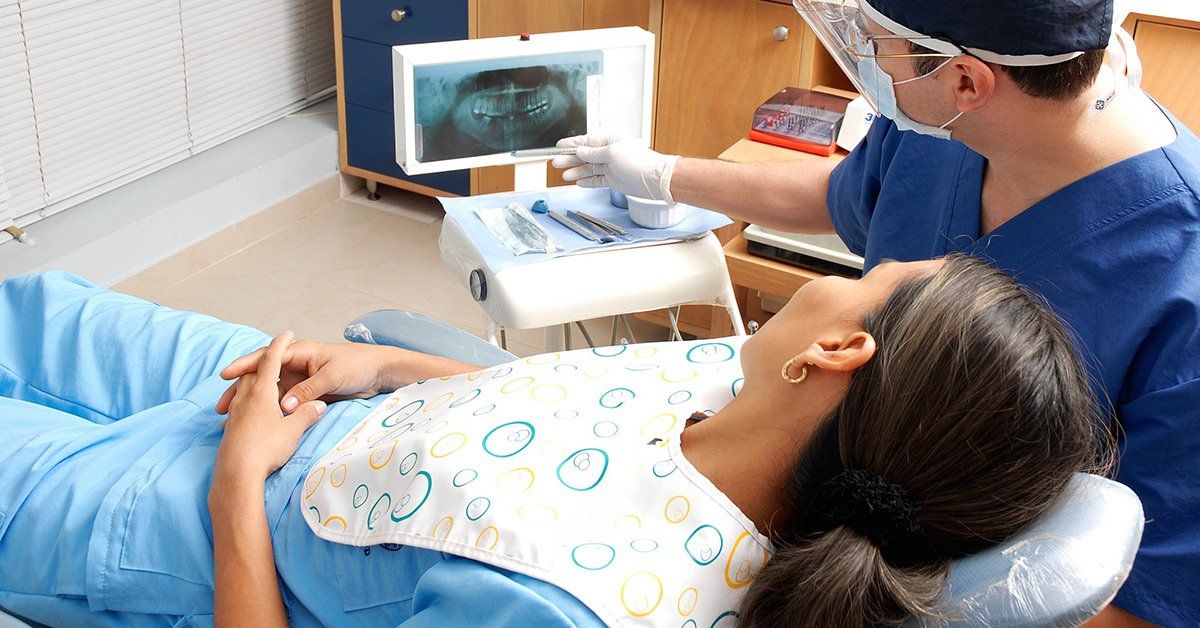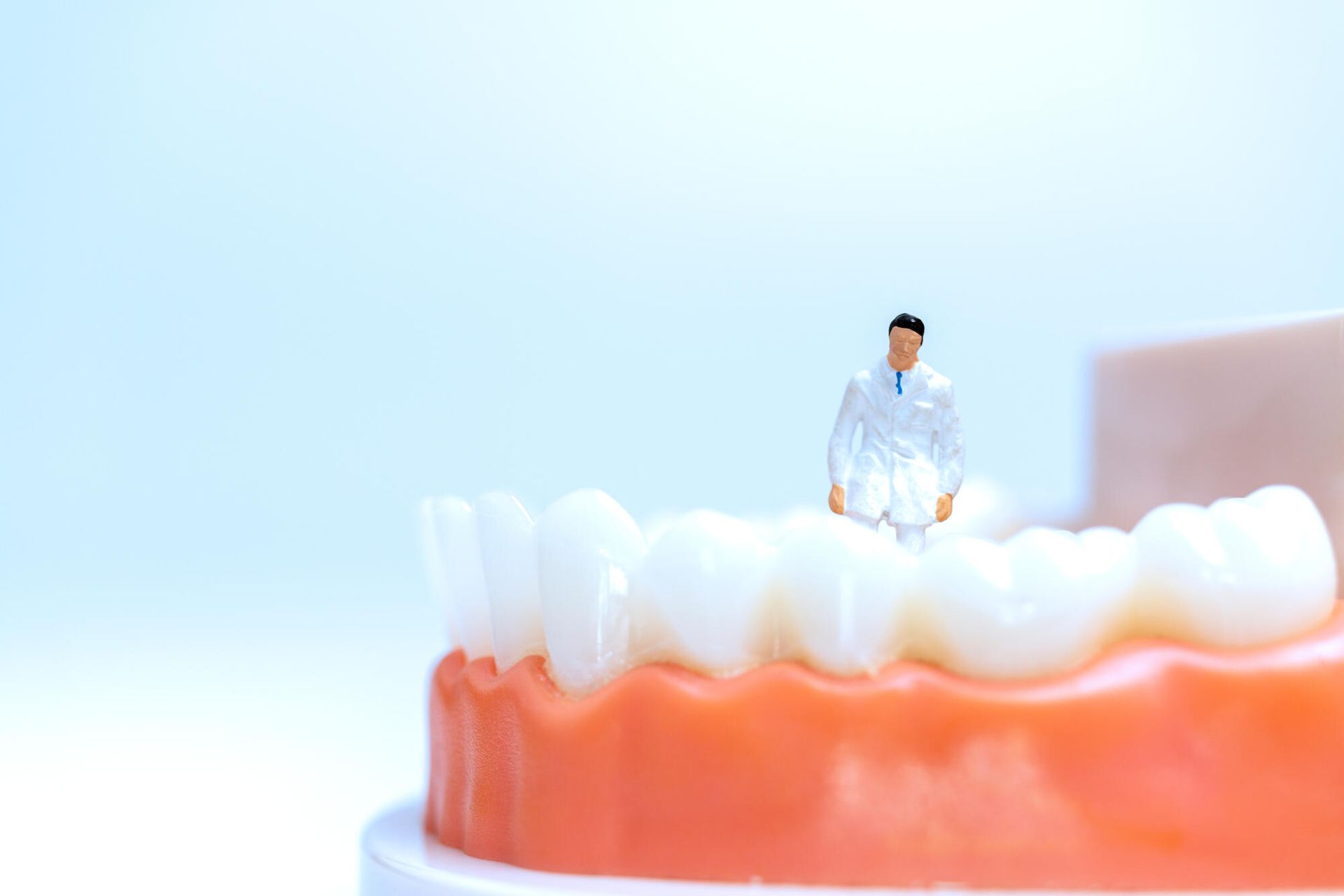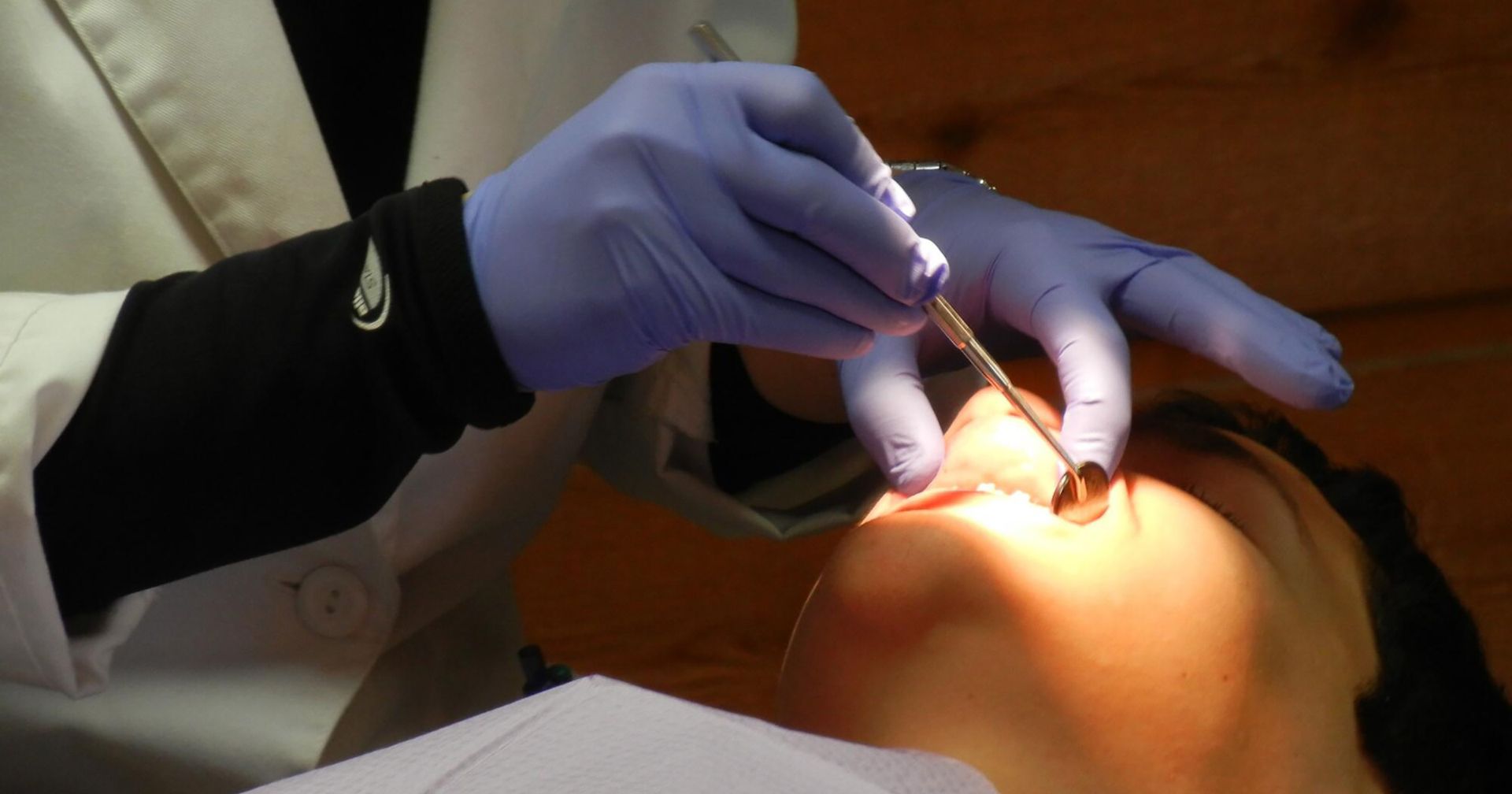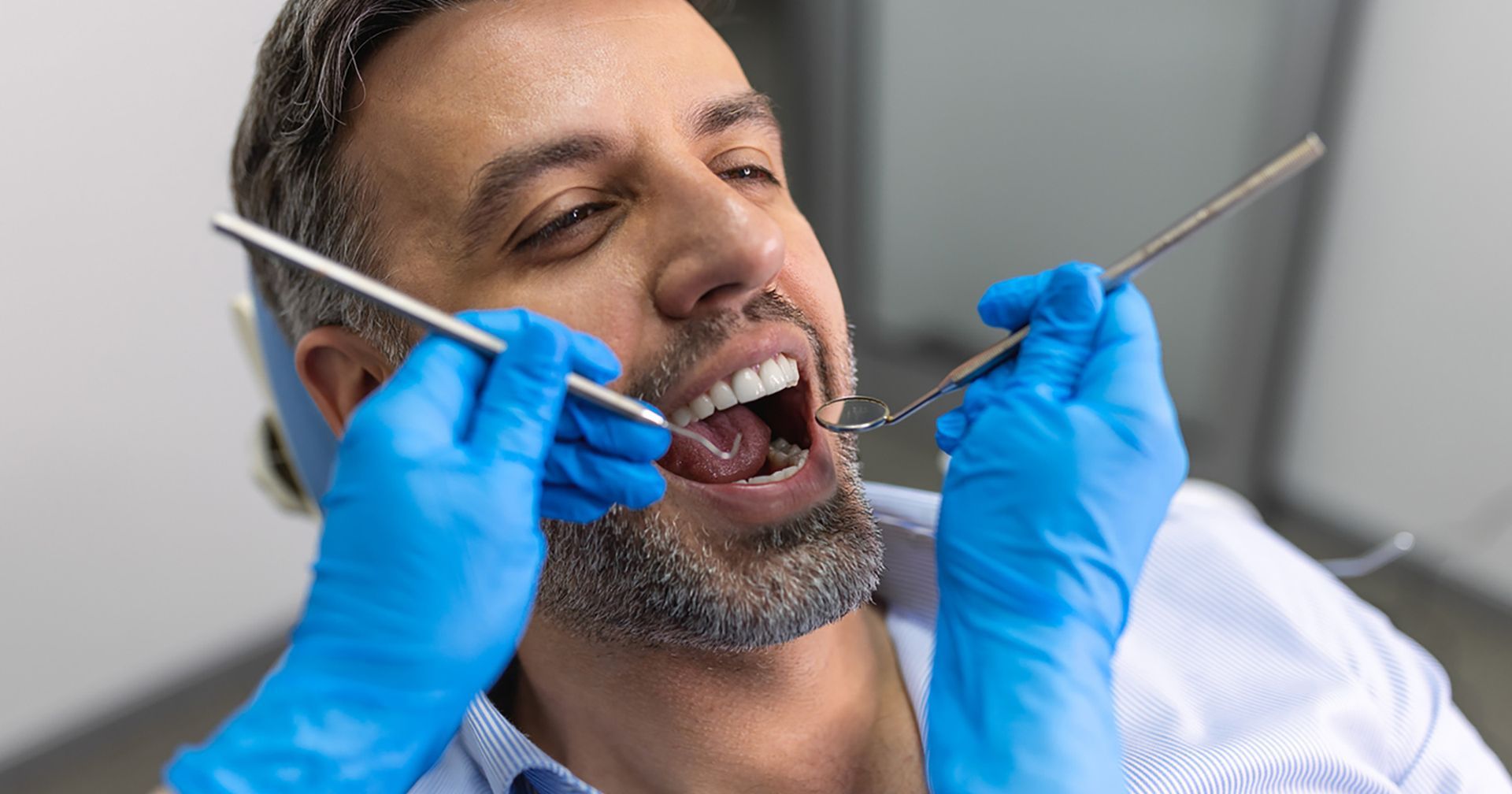When you've chipped a tooth your initial reaction may be panic, but don't fear! These chipped tooth treatment options will get your smile back to normal.
During the global pandemic, dentists noted a huge surge in chipped and cracked tooth problems. This was believed to be a result of many people following stay-at-home orders, ignoring treatment for seemingly minor problems like cracked and chipped teeth. But did you know how serious these problems can become?
Neither of these problems can be ignored, as they will inevitably get worse. Read on as we discuss the chipped tooth treatment that you must consider.
How to Care For a Chipped Tooth
Once you have a chipped or cracked tooth, you need to see a dentist as soon as possible. If not, it may crack and break further or cause pain. In the time between the visit, there are some measures you can take to care for the tooth.
Should the break have a sharp edge, then it could cut your tongue and lip. To prevent it, cover it with sugar-free gum or wax paraffin. This will dull the blade formed by the break.
If the tooth is causing pain, then use over-the-counter pain relief. You can rinse out your mouth with a saline solution to prevent infection. Stick to eating soft foods and avoid biting down on anything with the tooth.
Reshaping
Not every chipped tooth will require a huge procedure to fix it. In some cases, the tooth can simply be reshaped. This is usually possible only if the chip or crack is very small.
Reshaping will only take one visit. It is painless and a low-cost procedure. The dentist will smooth out and polish the area until the imperfection is no longer noticeable.
Dental Bonding & Dental Filling
A filling is used when you chip a small piece of a tooth off, usually just on the enamel. In some instances, for cosmetic purposes, the dentist may use a procedure called bonding. This is a tooth-colored resin that blends in with the rest of your teeth, useful if the broken tooth is at the front.
Bonding is a quick and pain-free procedure, requiring no anesthetic. A liquid or gel will roughen the broken area so that an adhesive sticks to it. This bonding material is then shaped and hardened using ultraviolet light.
Reattachment
In some cases, it may be possible to reattach the tooth altogether. Cement is used to affix the broken part of the tooth back onto the rest. Reattachment often has extremely positive results over a long period of time.
The procedure is not painful and is very low cost. Many tooth fragments are impossible to reattach, meaning this method is seldom used. If you have the fragment you should take it to your dentist regardless.
Dental Veneers
Veneers are thin casings of resin or tooth-colored porcelain. They fit onto the outside of a tooth, restoring its natural look. Veneers are thin and lightweight, with a thicker part going where the broken section of the tooth was.
The procedure takes a little longer than other treatments, as the dentist has to get the veneer right. They will start by taking off the tooth enamel. After this, a mold will get taken and sent off so the veneers can be cast from it.
Veneers will take a week or two for manufacture and they can then be affixed. A liquid is applied with etching to roughen the surface of the tooth. This ensures that the cement holds the veneer tightly in place.
UV light is then applied so that the cement hardens. You will have a brand new smile, very often much better and straighter than one you may have had previously.
Root Canal Procedure
Root canal therapy will only apply if the damage impacts the delicate pulp and root inside the tooth. Even minor knocks can make this happen and an X-ray will confirm if this is the case.
There are a lot of myths and hearsay around root canal procedures. It is true that it is one of the bigger operations and it can be uncomfortable afterward. However, this must be weighed against the prospect of losing the tooth altogether.
If left, the tooth can cause infection in and around the area. Once the procedure is complete, your tooth will be healthy and will be capped with a crown.
Dental Crowns
Dental crowns are an option when a large part of the tooth comes off, or increased areas of decay are on the tooth. The damaged or decaying part of the tooth gets ground away and replaced with a cap or crown. This improves the appearance of the tooth while protecting it.
There are several materials crowns can come from, each with its own pros and cons. Metal crowns are very strong but may not look as aesthetically pleasing. Porcelain crowns look more like a natural tooth but are more expensive and slightly weaker.
An operation to affix a crown takes two trips to the dentist. The first one will involve an X-ray to check the tooth, then the damaged section gets taken away. An impression will get taken and sent off so the crown can get created.
Around two to three weeks later, the crown will get fixed in place. Some dentists may have given you a temporary crown in the meantime, which will need removal first.
Chipped Tooth Treatment
Now you know the main chipped tooth treatment, speak with a professional. They will have a much better idea of how deep the problem runs and what you can do about it. From here, it is just a matter of booking the appointment.
Smile Savers Dentistry should be your first stop in the Columbia area. We have a range of services, from general treatments to cosmetic procedures. Contact us to discuss your need and let us put the smile back on your face.




















